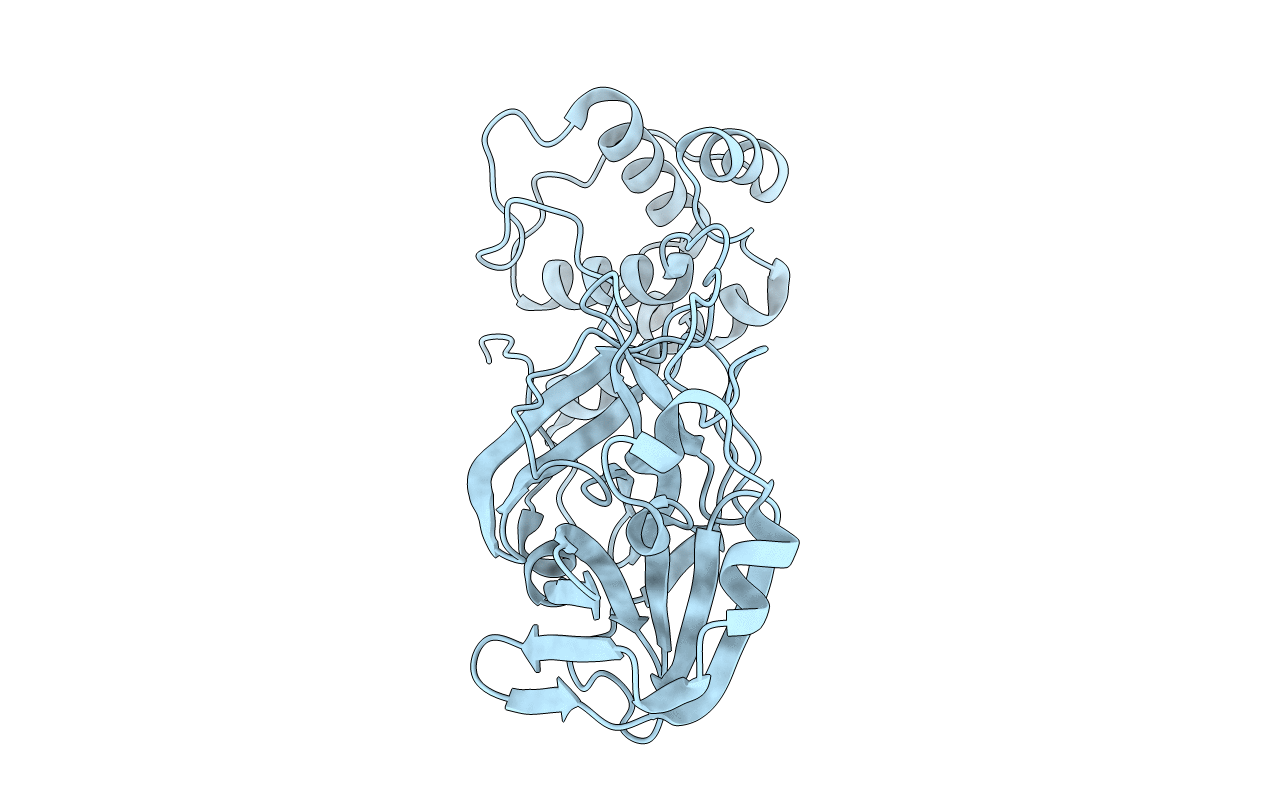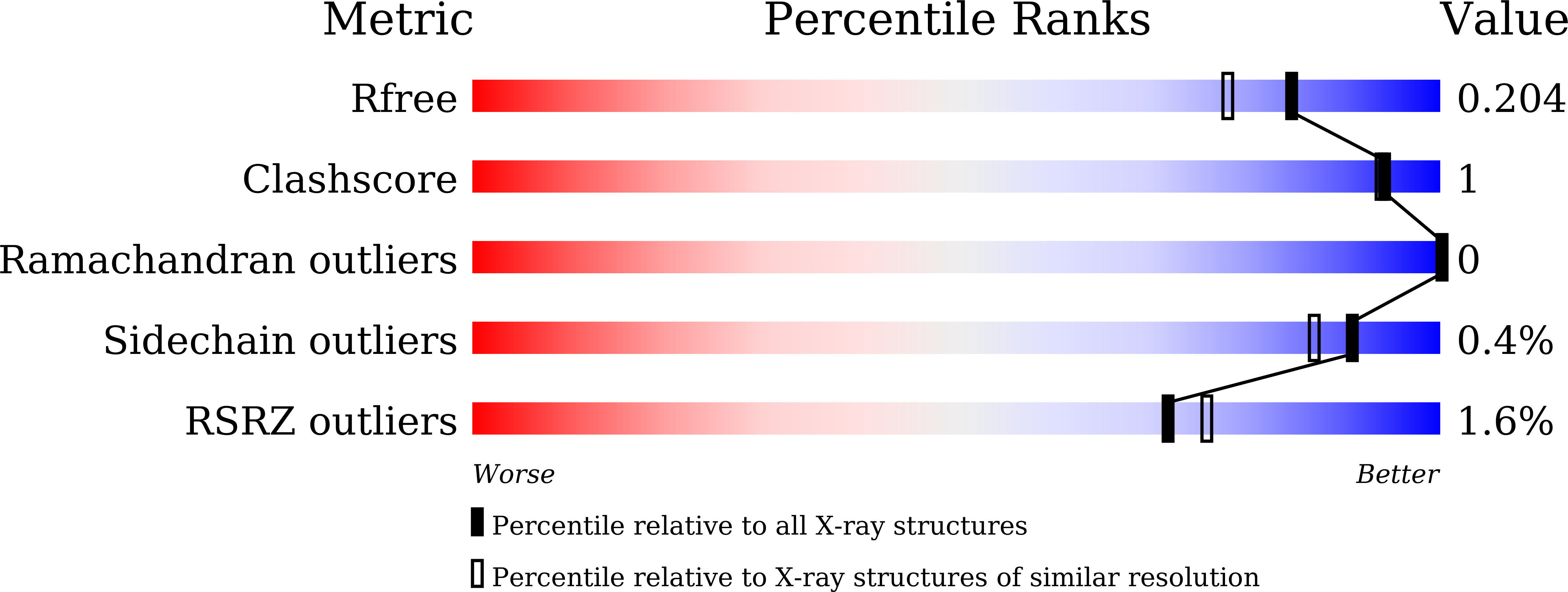
Deposition Date
2020-02-28
Release Date
2020-04-15
Last Version Date
2023-11-29
Entry Detail
PDB ID:
6M2Q
Keywords:
Title:
SARS-CoV-2 3CL protease (3CL pro) apo structure (space group C21)
Biological Source:
Source Organism:
Host Organism:
Method Details:
Experimental Method:
Resolution:
1.70 Å
R-Value Free:
0.20
R-Value Work:
0.17
R-Value Observed:
0.17
Space Group:
C 1 2 1


